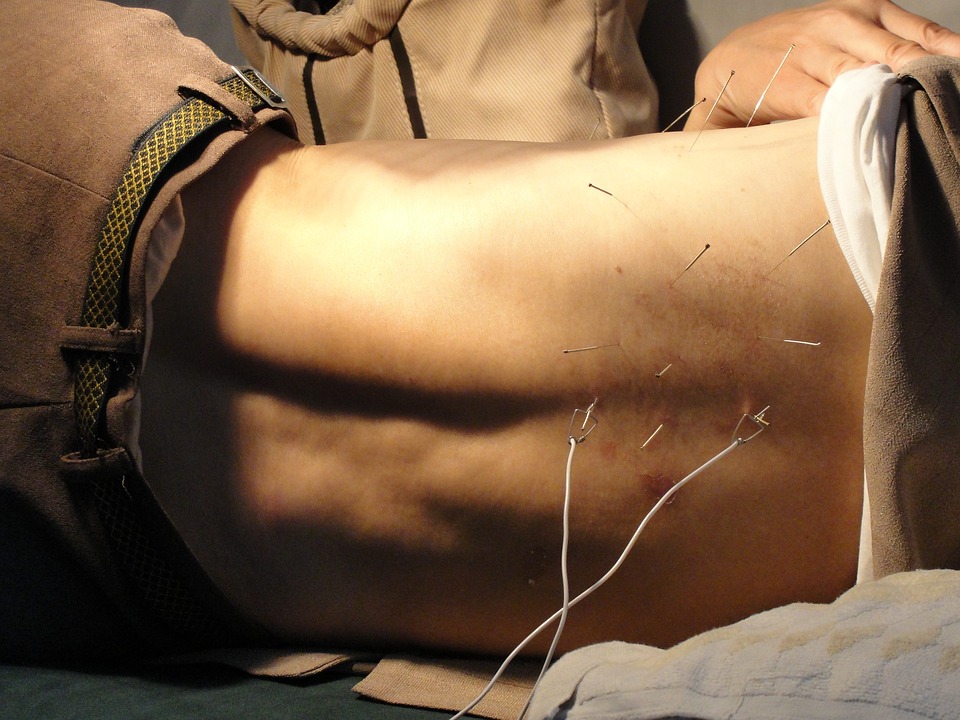
This emphasis on integrating both elements reflects a broader understanding of health beyond simply the absence of disease. It encompasses physical, mental, and spiritual well-being. This review highlights how traditional medical systems, such as Ayurveda, Traditional Chinese Medicine (TCM), and various indigenous practices worldwide, can be harmonized with nutritional science to create a comprehensive approach to healthcare.
Overview of the Holistic Approach
The holistic approach emphasizes the importance of considering multiple aspects of health—physical, emotional, and mental—while prioritizing prevention over treatment. It advocates for a shift from treating specific symptoms to addressing the root causes of health issues, recognizing that lifestyle, genetics, and environmental factors influence health. Prevention is central to this perspective, incorporating dietary recommendations, stress-reduction techniques, and lifestyle modifications to maintain the body’s natural balance and prevent illness.
The Role of Traditional Medicines
Traditional medicines have significant cultural and historical importance and provide valuable insights into healing practices developed over generations. Systems like Ayurveda and Traditional Chinese Medicine (TCM) represent holistic approaches that prioritize balance within the body. Ayurveda focuses on achieving harmony by balancing doshas through diet, lifestyle, and herbal remedies. In contrast, TCM uses methods such as acupuncture, dietary therapy, and qigong to ensure the smooth flow of life energy, known as Qi. Other traditional healing systems, including Native American and African medicines, highlight the interconnectedness of human health and nature, utilizing local plants and spiritual practices as essential healing components.
Nutritional Foundations in Holistic Health
Nutrition is crucial for maintaining physiological balance, supporting cellular functions, and enhancing the immune system. This review section discusses how a balanced diet, rich in essential vitamins and minerals, contributes to various bodily functions. For instance, vitamins C and E provide immune support and antioxidative protection, while minerals such as iron and calcium are vital for oxygen transport and bone health. The connection between nutrient intake and factors like immune response, hormonal regulation, and cellular function highlights the significance of a nutrient-dense diet in preventing chronic illnesses.
Integration and Synergy
A key theme in holistic health is the synergistic relationship between traditional remedies and modern nutritional science. Many traditional remedies contain bioactive compounds that can improve health outcomes when combined with a balanced diet. For example, the anti-inflammatory properties of curcumin from turmeric, a staple in Ayurvedic medicine, can be enhanced by nutrients that aid in its absorption. By combining traditional medicine with these nutrients, we achieve a dual benefit: improved treatment effectiveness and reduced potential side effects.
Addressing Challenges and Moving Forward
The review acknowledges challenges to the widespread adoption of holistic healthcare, such as standardization, cultural acceptance, and insurance coverage. Nevertheless, it advocates for continued research to bridge gaps between traditional knowledge and scientific validation. By addressing these obstacles, the healthcare field can move closer to a model where integrative, personalized care is accessible to all, recognizing the interconnectedness between individuals and their environment.
Conclusions
Combining traditional natural medicines and modern nutritional science offers a promising avenue for healthcare. By integrating these approaches, individuals can attain optimal health that respects the body, mind, and spirit. This review emphasizes that we can enhance our understanding of health through ongoing research, collaboration across disciplines, and exchanges between cultures. Ultimately, this could lead to a state of wellness deeply connected to nature.
